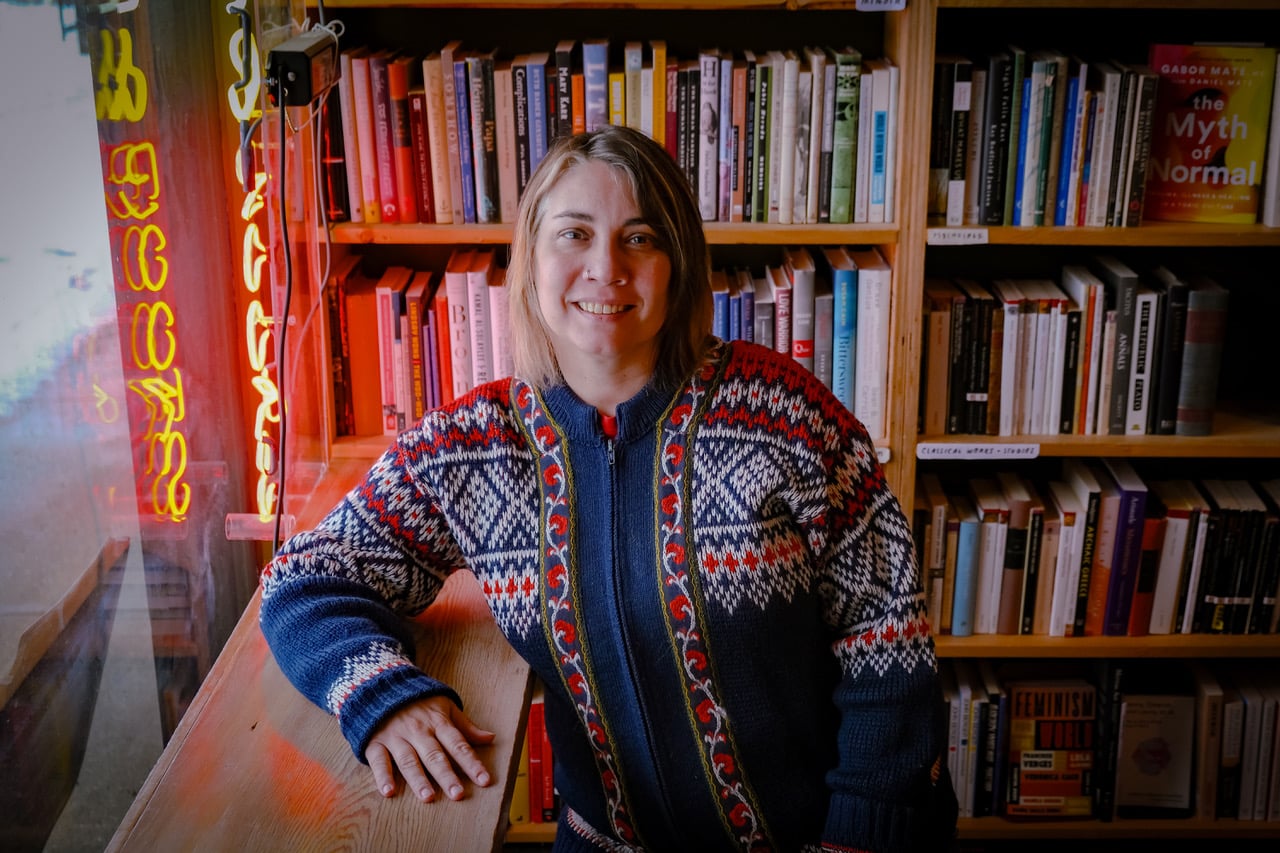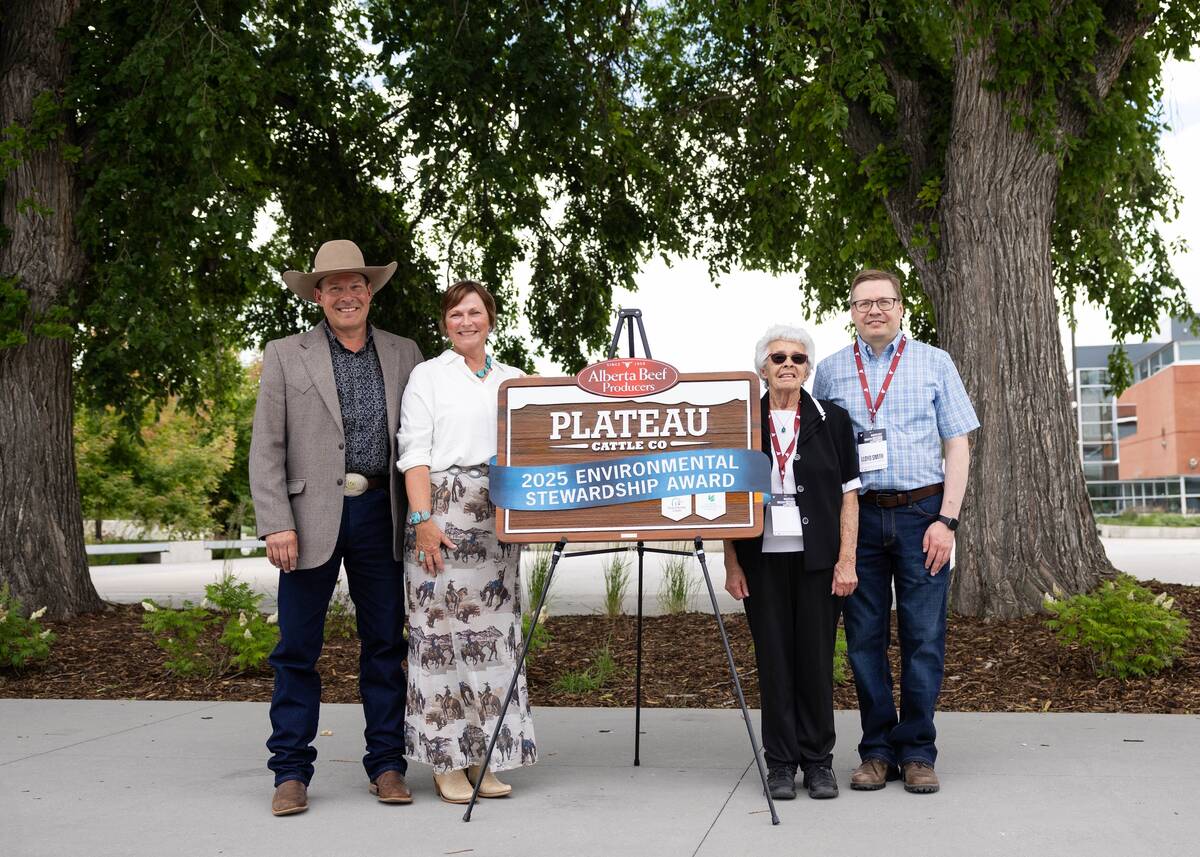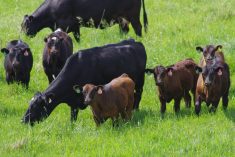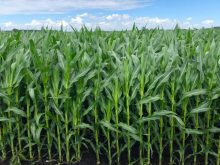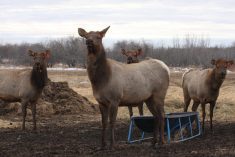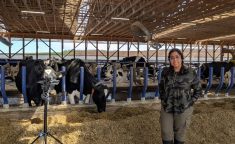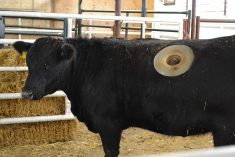John Smith and Laura Laing of Plateau Cattle Company are the winners of the 2025 Alberta Beef Producers Environmental Stewardship award.
“It was a surprise for sure,” said Laing, who lives with her husband, Smith, on the ranch in the foothills near Nanton.
The Environmental Stewardship Award recognizes exceptional commitment to sustainable ranching practices and contributions to the beef industry.
Read Also

Grazing ‘sweet spot’ boosts pasture performance
Timing-focused approach to pasture management touted to boost forage growth, livestock gains while also cutting farmer labour and inputs
The couple found out they had won during the Summit event at the Calgary Stampede.
The event was attended by federal and provincial agriculture ministers, as well as Alberta Beef Producers members and representatives from Canadian Cattle.
Smith’s grandfather started the ranch in 1958 and was heavily involved in Herefords. He was the Canadian president of the Hereford Association and ran a test centre in Innisfail. He was also involved in the creation of the Waldron Grazing Co-op. Smith’s parents, Dan and Serena took over the ranch in 1971, and Smith and Laing took it over in 2016. Smith’s mother, Serena, attended the award ceremony along with Smith’s brother, Lloyd.
Smith and Laing are members of the Spruce Grazing Co-op and the Waldron Grazing Co-op. They have Savanna Creek and upper Livingston grazing allotments that are side by side, over a range of mountains. Their ranch, which is named for Plateau mountain, is a habitat for many species, including grizzly and black bears, cougars, bobcats, lynxes, foxes, raptors such as eagles, hawks, owls and even wolves.
“We send 160 to 170 cows to the mountains, and then the balance goes to the Waldron. And we have another couple small, rented pastures down here, where late calvers and stuff that needs a little more attention can stay close to home,” said Smith.
Smith and Laing are running 450 black Angus and black Angus cross cattle. There is still a bit of Hereford influence in some of the animals. They’ve completely switched to black Angus bulls and use Herdtrax to collect data on the cattle.
“That’s really helped as far as treating animals, whenever possible,” said Smith.
Animals are weighed at birth. The weights of the cattle are tracked and kept accurate.
“That really helps with medication and stuff,” he said.
“Working with our vet, we’ve got a full protocol book, and it’s attached to our Herdtrax. So it gives you first and second treatment type protocols,” he said.
Modern ranching practices
Smith and Laing have also been working with Désirée Gellatly, a research scientist at the Technology Access Centre for Livestock Production at Olds College.
The couple has been working on using lidocaine bands with Gellatly. Smith and Laing band their steers at birth.
They have also been practicing tactile stimulation (massage) on their calves as part of the research trials. Smith describes it as like imprinting a colt.
“The way most people tag and the way we used to tag, is to pull up in your side by side, or on your horse, and you leap off it and jump on them and put a couple tags in their ears and then get up and go away. As you can imagine, the animal doesn’t look very favourably at you the next time he runs into you,” he said.
Smith and Laing still put tags on the animals, but after they do this, they spend some time mimicking the cow’s action of licking the calf. They massage the calves, mainly on the hindquarters.
“We’ve kind of found that they like the shoulders and neck stroke too,” he said.
“We’re seeing a lot of improvements in herd health from the tactile stimulation, which is showing improved health because there’s less stress and less stress response when that calf sees a human,” said Laing.
The couple no longer brands their cattle.
“We find that we can have better quality control at vaccination and processing time for the cows rather than branding. It was a tough tradition to kick because we really enjoyed the social side of it, but we’re finding that for our operation, it works well. And we did see a gain in the calves of somewhere between 18 and 21 pounds that first year,” said Laing.
The couple are also taking DNA samples of the animals. As part of their DNA work, they’re participating in an Angus/Hereford genomic study on replacement heifers.
“Getting that parentage back has been great for the massage study, because then you can isolate that sire effect. We’re getting that double band out of the parentage, and then just for our own information — like what bulls are breeding, what bulls are working, and what ones aren’t working,” Smith said.
The couple has fenced off all their creek and riparian areas and put in a wet well watering system.
“We’ve done two zero energy off-the-creek watering systems, plus another solar water system that we’ve got now, and we’ve actually got one more ordered,” said Smith.
Laing and Smith are working on seeding the entire ranch back to grass.
They are looking ahead to the future and would love to get more vegetation on the creek sides they have fenced off. They are working with Ducks Unlimited on this project.
“We’ve definitely spent a lot of time on stockmanship in the environment in which the cattle are, and we’re looking at working with Prairie West to plant some more vegetation and willow to help with bank erosion on our waterways,” said Smith.
Environmental advocacy
Laing and Smith have been part of a grassroots group fighting to stop coal mining in the Eastern Slopes since the provincial government rescinded a decades-old coal policy in 2020. People working in their grassroots group include singer Corb Lund, local residents, organizations like the Canadian Parks and Wilderness Society, civic leaders and concerned people from across the province.
“That’s the biggest thing from an environmental standpoint. And I think one of the reasons people have spoken about the submission, and it’s kind of controversial, is because we’ve obviously been involved with the coal issue for about five years,” said Laing.
Ranchers are environmentalists, and it shouldn’t be a bad word, she said.
“That’s been a five-year full-time deal for us, and not a lot of fun, polarizing. But we have had success, like the government recently purchased back those leases that were going to be open for coal development in our grazing allotment. Even though it was in our grazing allotment, we weren’t fighting for that reason. We were fighting because we understood what that would mean for many people in their headwaters,” she said.
“I would say, from an environmental standpoint, that is the biggest threat and issue that’s faced this ranch in any generation,” said Laing.
“The coal issue was a big one for us. Trying to make environmentalist into a good word, and working with conservation groups was a positive, to try to change that narrative. As ranchers, we’re at the forefront because we live, work and play here and that’s a tough burden,” she said.

